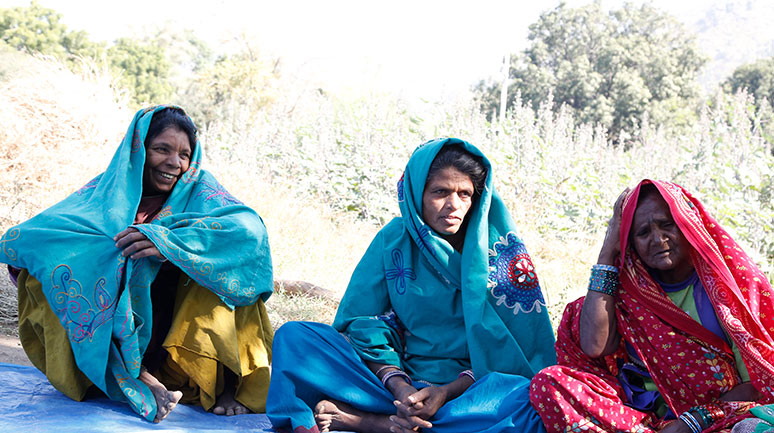Beyond Electoral Politics: Women in Local Governance in Haryana


Encouraging women to stand for elections to the local bodies is one step forward; empowering them with knowledge and skills in planning and decision-making must necessarily follow if women need to be active creators of their own future and not figure-heads and proxy figures for the men in their families
I N 2016, THE FIFTH GENERAL Panchayat Elections of Haryana witnessed the election of a greater percentage of women despite the dwindling pool of eligibility due to the introduction of new rules such as the education criterion. The overall representation of women across all levels of the Panchayati Raj Institutions (PRIs) was 42 per cent as compared to 36 per cent in the previous term.
In addition, the 2016 panchayat polls had more educated members in PRIs because all the women candidates, who secured seats in the elections, fulfilled the mandatory education criterion. This, of course, can be considered as an achievement in a state such as Haryana, where the sex ratio of women to men is 879 : 1000, and the literacy rate of women is still as low as 64.94 per cent.
Despite the increase in the number of women at the village-level governance in Haryana, some of the questions worth reflecting upon are: Does the improved percentage of women in the PRIs of Haryana also ensure their active and effective political participation? Do they have any real power to influence democratic decisionmaking? For the last two-and-a-half years, after the elections of 2016, have these women exercised the power bestowed upon them or have they gone back to their household cocoons after their electoral wins?
For the last two-and-a-half years, after the elections of 2016, have these women exercised the power bestowed upon them or have they gone back to their household cocoons after their electoral wins?
To answer these questions, we started out by looking at what happens to the elected women representatives beyond the electoral politics. For the last two-and-a-half years, after the elections of 2016, have these women exercised the power bestowed upon them or have they gone back to their household cocoons after their electoral wins?
We interviewed 12 sarpanches (village council heads) and 10 panches (members of the village council) from five districts of Haryana, namely, Faridabad, Mahendergarh, Nuh, Sonepat and Yamunanagar. Some interesting conversations and revelations emerged. Let us consider a few case examples in this regard.
Anita Yadav, sarpanch, Sihar village, Mahendergarh district, has studied up to Higher Secondary and is not only very conversant with the major functions of the gram panchayat (village council) but also with the important government programmes designed for the benefit of rural citizens. Despite having good knowledge about her role and responsibilities as the sarpanch, she says she feels stifled and is unable to voice her opinions freely in the presence of male community members.
Debika Goswami is Programme Leader, Governance and Policy Advocacy, SM Sehgal Foundation

